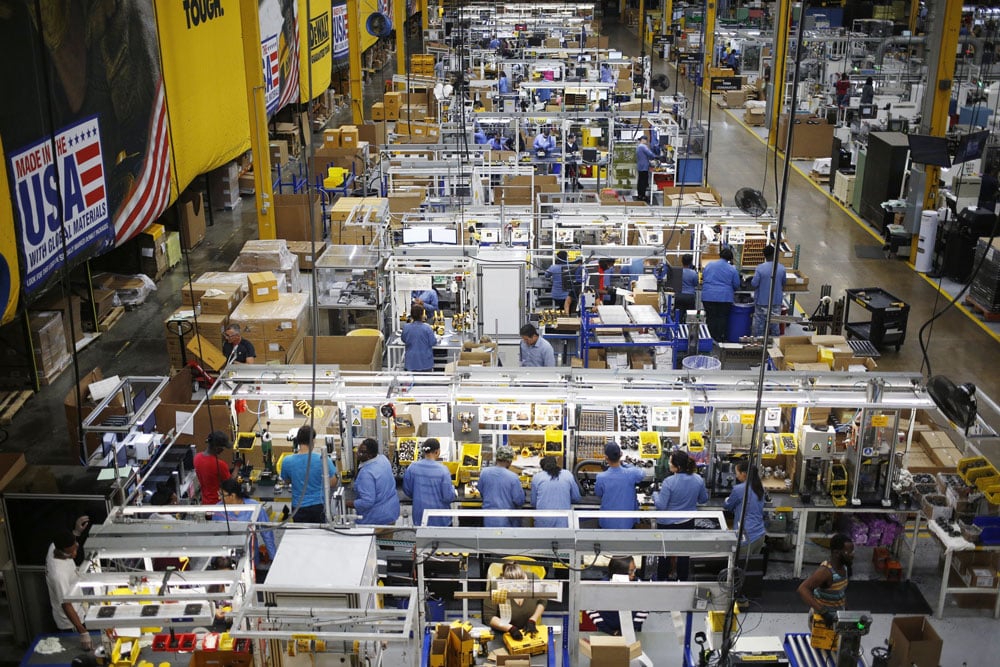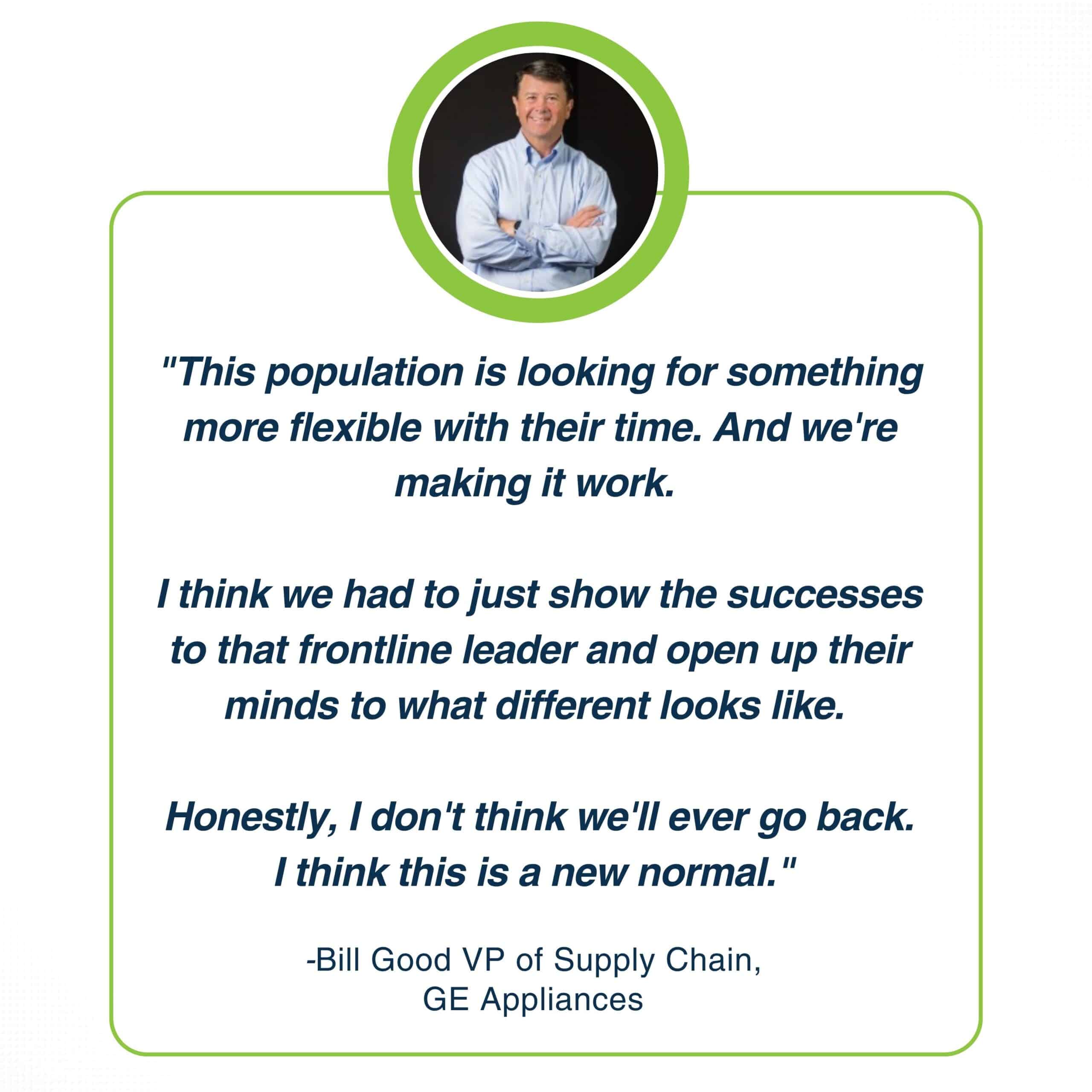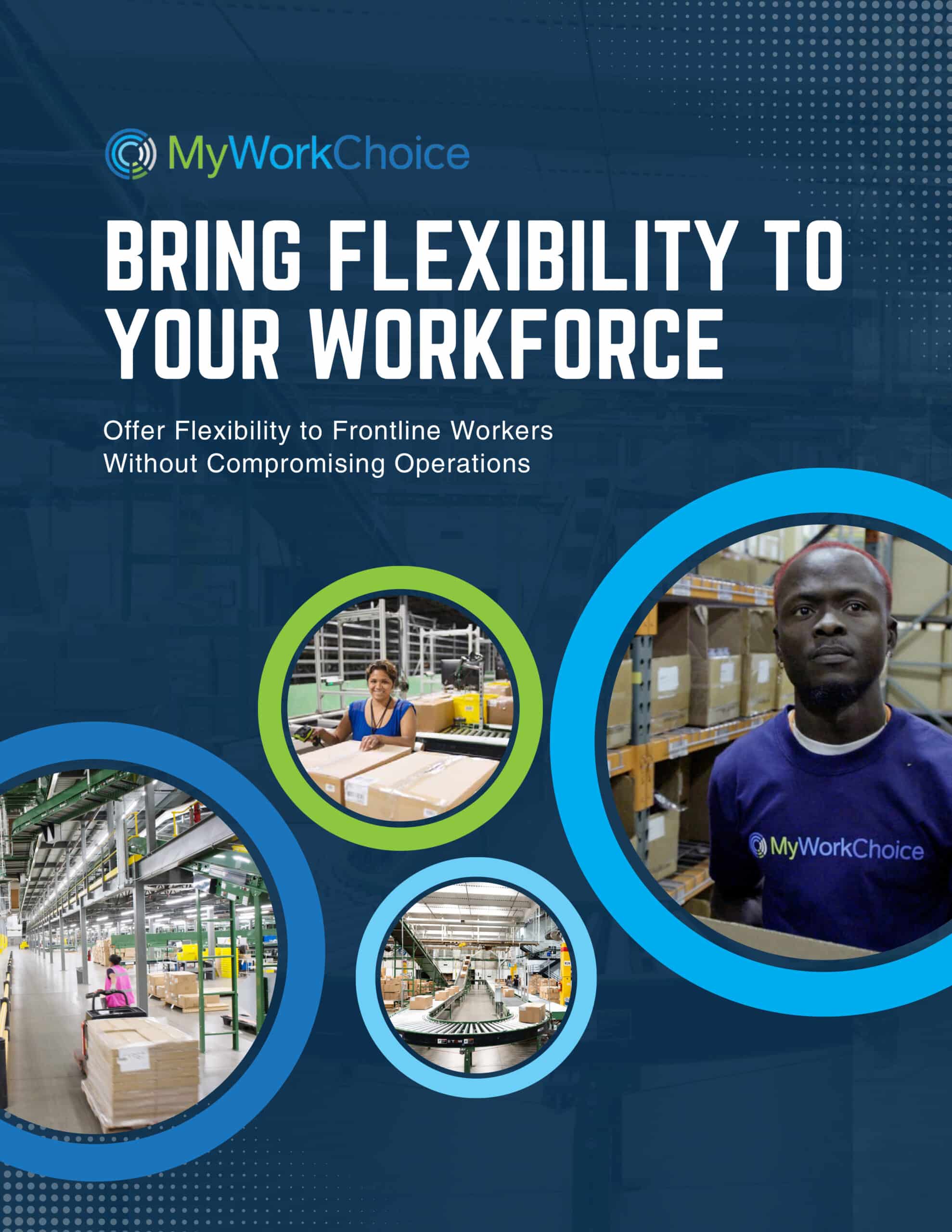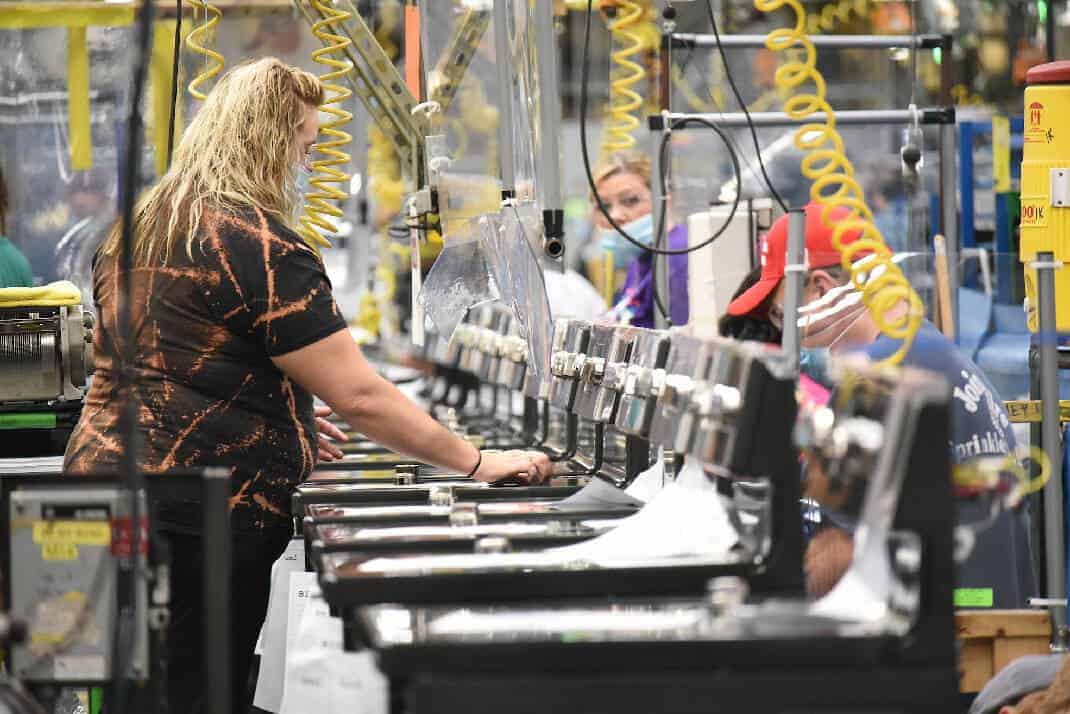
As we enter 2024, let’s talk frankly about the manufacturing sector. The traditional approach to workforce management is broken. Production workers are aging out, and younger workers simply aren’t willing to sign up for jobs with rigid schedules and mandatory overtime. So, what’s taking its place? Flexibility. But what does this mean for your business, and how are manufacturers able to bring elements of flexibility into an environment that needs strict adherence to operational standards?
The Shift to Controlled Flexibility

Unfortunately, the one-size-fits-all schedule is a relic of the past. Today’s manufacturers are seeing workers, particularly the younger generation, prioritizing jobs that offer flexibility. The National Association of Manufacturers found that 58% of companies are looking to implement flexible options for their production staff in 2024. Is this just a passing fad? No. It’s a strategic business move. Bringing a degree of work-life balance to hourly production workers has not only been shown to improve employee satisfaction, productivity, and retention but can directly impact your bottom line.
The Benefits of Embracing Flexibility
Here’s where it gets interesting. Controlled flexibility isn’t just about keeping your workforce happy, it keeps investors happy as well. Manufacturers who pivoted toward flexible schedules have seen remarkable improvements in several key areas:
- Increased Employee Retention: By removing the #1 factor for why people leave a job (excessive points, unexcused absences, ghosting, etc.), employers can stop the constant cycle of turnover and costly training.
- Enhanced Productivity: When employees aren’t forced to work excessive overtime or can take a day to recharge, they are more focused and efficient when they’re on the job, leading to higher productivity and lower cost per unit rates.
- Reduced Overtime Costs: Overtime is one of the largest labor expenses in any facility. By making it voluntary and leveraging an extended workforce, these costs can be reduced significantly without impacting production output.
What Does Controlled Flexibility Look Like
Let’s start with what controlled flexibility isn’t. It is not a free-for-all where people come and go as they please with no regard to shift times or schedules. It’s a comprehensive approach that creates a balance between the chaotic lives workers lead and the stringent operating models manufacturers need…a model that benefits everyone involved.
The Two-Pronged Approach: A Win-Win
- Empowerment for Workers: When employees have the flexibility to work 50-60 hours on some weeks and 32-40 on others, it gives them the freedom to make work fit their life instead of the other way around. They’re more engaged, less stressed, and, frankly, a lot less likely to leave.
- Stability for Companies: On the other side, companies benefit from knowing they have a consistent and reliable workforce that’s in it for the long term. This means less scrambling for last-minute coverage and keeping valuable employees around for years to come.
The MyWorkChoice Difference: Practical and Innovative
Here’s how MyWorkChoice makes flexibility work:
- Flexible Shift Swapping: The system lets employees swap shifts without a hassle. This isn’t just about flexibility; it’s about giving workers control. If they’re both approved to work in that department, what does it matter if Andre works on Saturday this week instead of Tuesday because his daughter has a soccer game he doesn’t want to miss?
- Voluntary Overtime: Overtime becomes a choice, not a chore. In a recent survey 90% of employees stated that they wanted overtime, if it was on a voluntary basis instead of mandatory. No problem, offer it to your tenured workers first and whatever time is not picked up, have it covered by your extended workforce.
- A Robust Backup Team: MyWorkChoice builds a dedicated extension of your workforce that is trained and ready to fill in the gaps. This is the key to the entire program. This gives you the ability to offer your workers controlled flexibility while ensuring your production line keeps moving, no matter what.
Looking Ahead: A Strategy for the Future
As we enter 2024, companies that prioritize flexibility in their workforce management will be better positioned to attract top talent, boost productivity, and maintain operational excellence. This new model isn’t just beneficial for employees; it’s a strategic business move that can save a company significant labor expenses. By embracing controlled flexibility, manufacturers can create a more resilient, responsive, and efficient workforce for the future.
So, here’s the (multi)million-dollar question: as we head into 2024, is your company ready to make the pivot to controlled flexibility?





